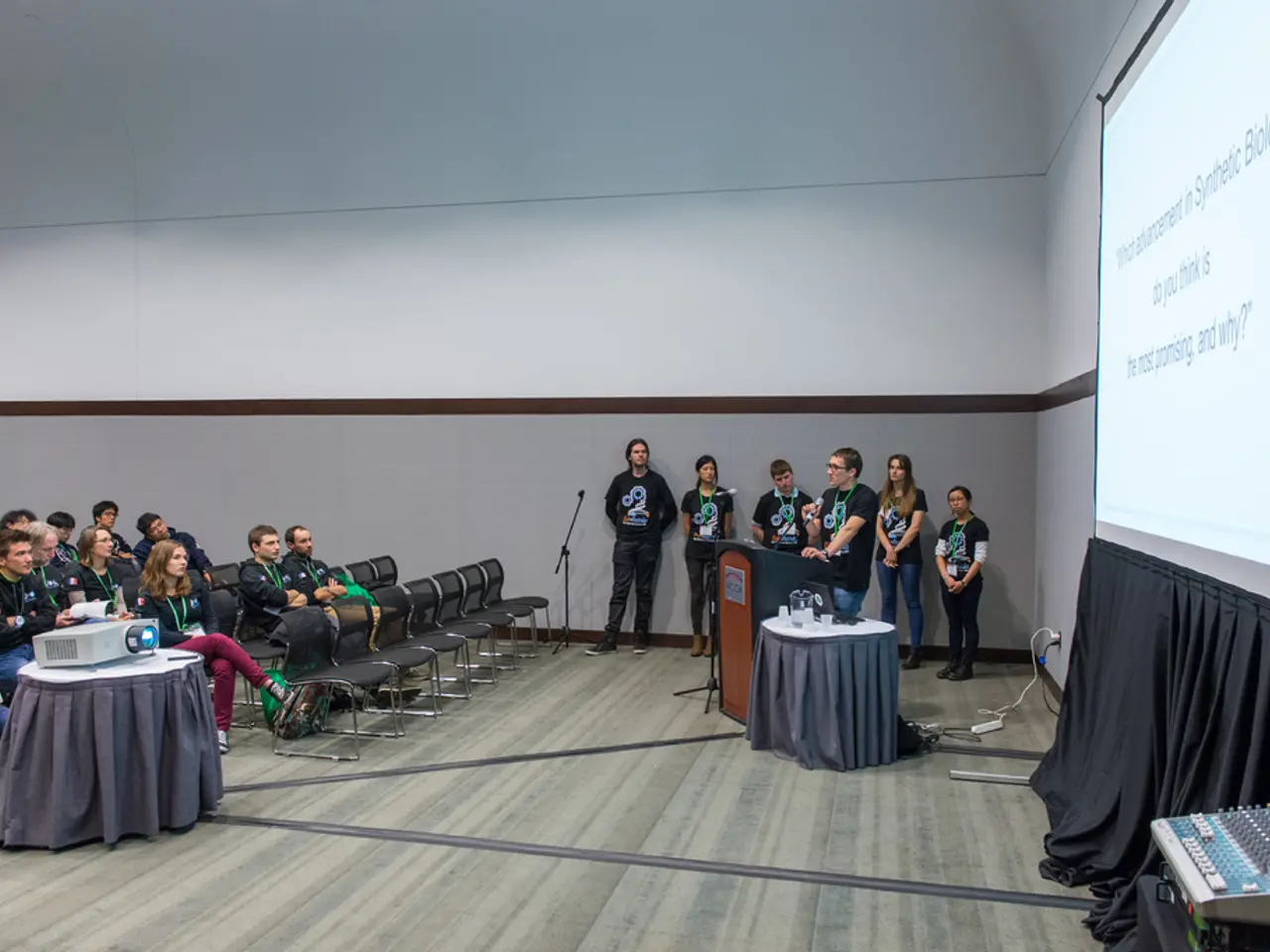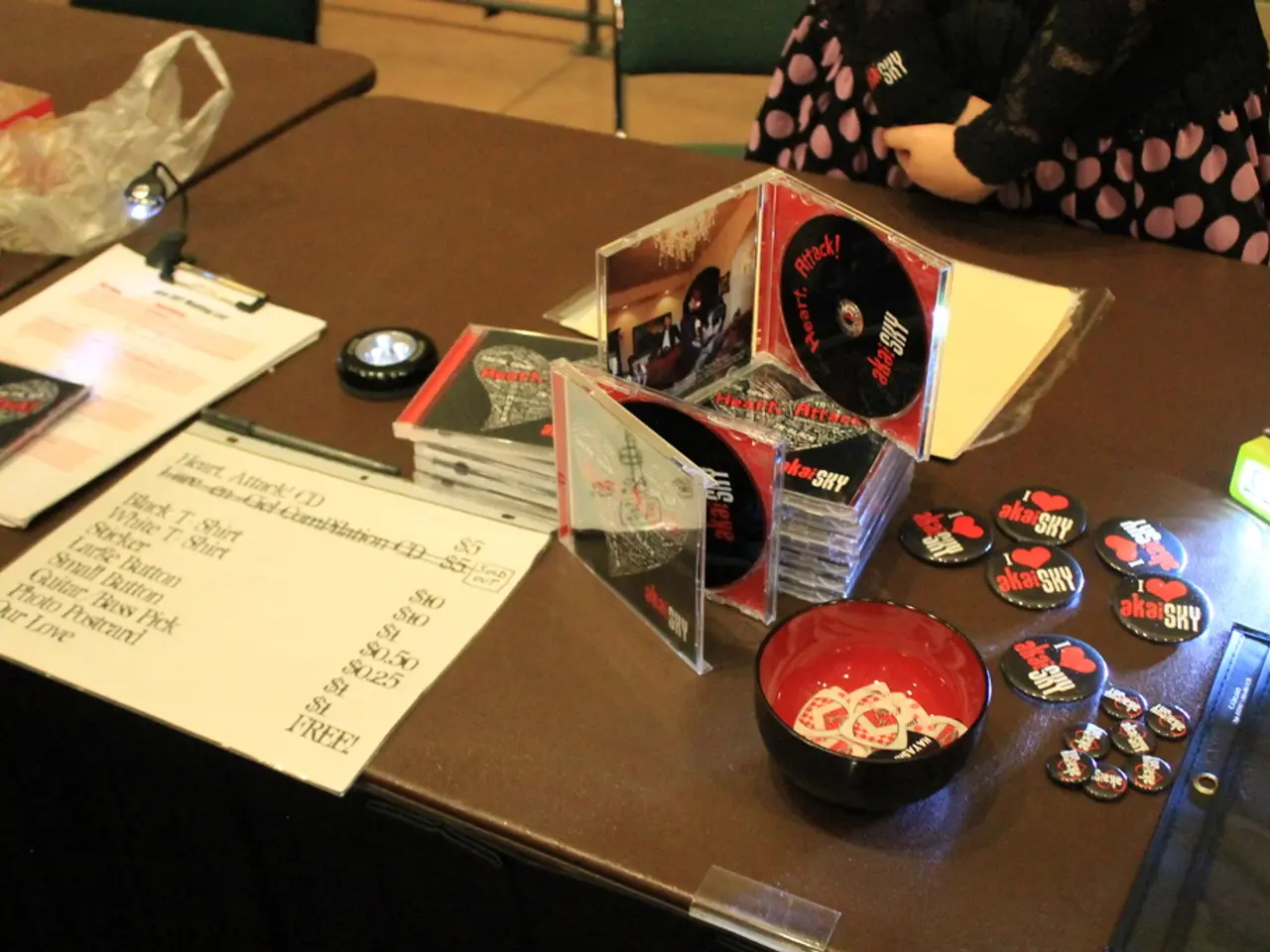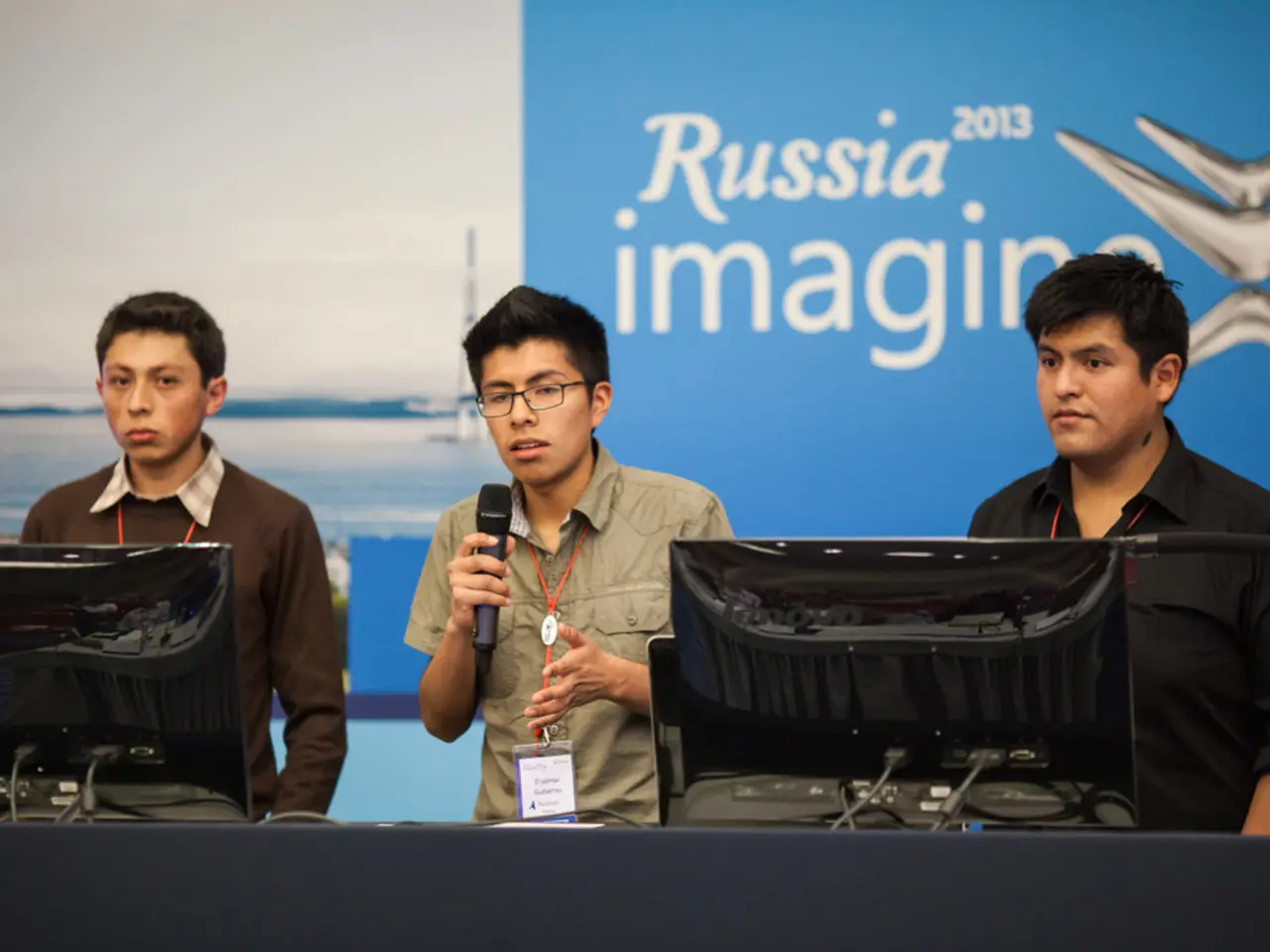AI's Self-Thinking Capability: The Impact of Autonomous AI on Live User Interactions in Events
In the world of event management, innovation is the name of the game. One such groundbreaking development is the increasing application of Autonomous AI, aimed at enhancing audience engagement and experience. Here are some real-world examples of how this technology is making a difference.
Personalized Outreach and Content Repurposing
AI is being used to personalize outreach by analysing audience behaviour and preferences. This involves creating customised content that resonates with attendees, both before and after the event. AI tools can repurpose video content from events into various formats, such as blog posts or social media snippets, to extend the event's reach and engagement.
Real-Time Audience Analysis and Response
Autonomous AI can analyse audience behaviour and sentiment in real-time using smart cameras and sensors. This allows event organisers to respond dynamically to audience needs, adjust content delivery based on feedback, and predict future audience requirements.
Emotion and Engagement Detection
Using AI-powered cameras and sensors, event managers can track audience emotions through facial expressions and movement patterns. This data provides real-time insights, enabling organisers to adjust the event experience to maximise engagement and satisfaction.
Automated Event Logistics and Operations
AI can optimise event logistics by predicting and managing resource allocation, crowd flow, and emergency response scenarios. This ensures a smooth and efficient event experience for attendees.
The Impact on Audience Engagement and Experience
The integration of autonomous AI in event management significantly enhances audience engagement and experience. Personalised experiences ensure that attendees receive content and interactions tailored to their interests, increasing engagement and satisfaction. Real-time analysis and response capabilities allow events to adapt to audience feedback and preferences, making the experience more interactive and enjoyable. AI-optimised logistics and resource management contribute to smoother event execution, reducing bottlenecks and improving overall attendee experience.
In the Indian events industry, which is people-driven and labor-intensive, AI can handle repetitive tasks such as guest flow optimisation, logistics coordination, and technical cue management, freeing creative teams to focus on crafting emotional and aesthetic experiences.
The Future of Events
The future of events involves a partnership between human creativity and intelligent systems. AI will handle technical complexity, while humans will focus on creating meaningful moments. This shift from pre-programmed experiences to intelligent systems is aimed at creating events that feel more like living organisms, are reactive, intuitive, and alive to context.
Building trust requires transparency, consent, and intentionality at every level. Events should prioritise human connection over efficiency, and clear protocols about data collection and usage are necessary to build trust.
These AI-based systems have been used in various event types, including luxury weddings, corporate events, and retail activations. The metaphor of events as living organisms is powerful, as they should sense, respond, and evolve in real-time. The Indian events industry should innovate thoughtfully, combining AI technology with human creativity and connection to create unique and meaningful experiences.
- The integration of autonomous AI in event management, particularly in personalized outreach and content repurposing, has the potential to significantly enhance audience engagement and experience by creating customized content that resonates with attendees.
- In the Indian events industry, AI can streamline logistics and operations by handling repetitive tasks, freeing up creative teams to focus on crafting emotional and aesthetic experiences, thereby contributing to more efficient and unique events.
- As events of the future aim to create experiences that feel more like living organisms, being reactive, intuitive, and alive to context, the partnership between human creativity and intelligent systems will be key, ensuring clear protocols about data collection and usage to build trust and prioritize human connection over efficiency.




